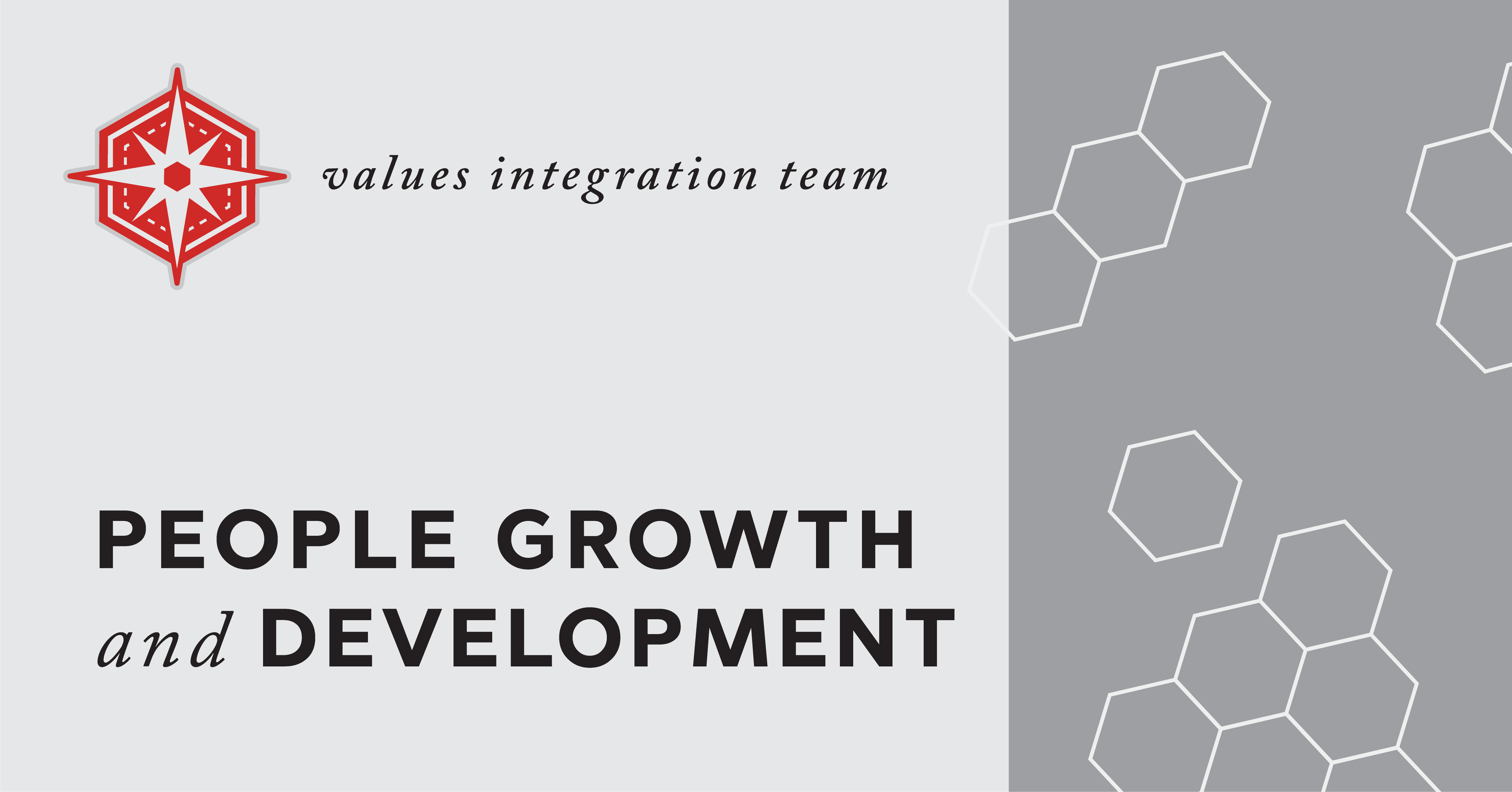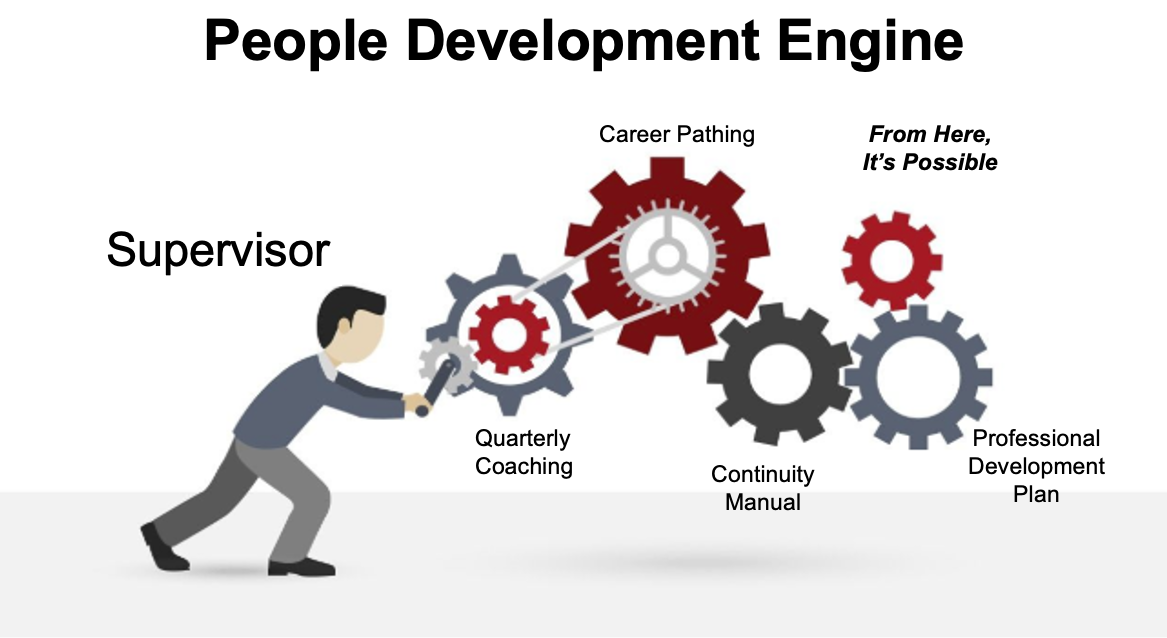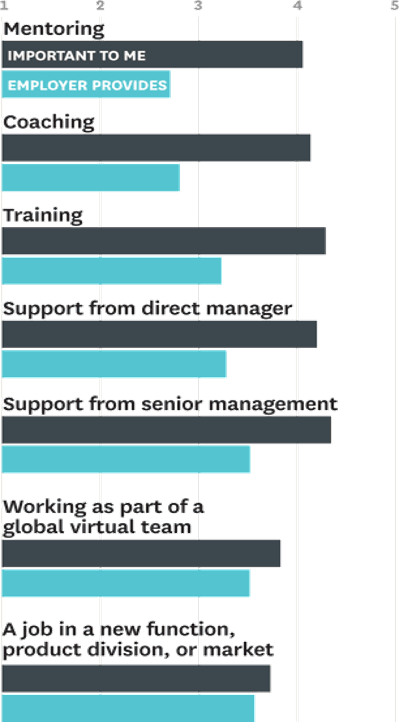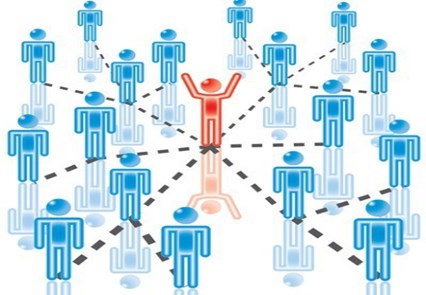People Growth and Development

LEGACY PAGE ⚑ Please note that this page is no longer actively managed. The content has been preserved as historical archive of the individual efforts and collective accomplishments that have guided our Values journey.
The People Growth and Development Team has developed a concise and transparent Vision and Mission statement with four distinct objectives to be accomplished. All are dedicated to investing in the most valuable resource of the institution; the people. The following objectives have been summarized in a concise PowerPoint for presentation to the President’s Cabinet for approval to move forward toward operationalization.
- Quality Improvement of the TTUHSC Quarterly Coaching Initiative
- Team Member Retention Strategies
- Development of Continuity Manuals as a component of Succession Planning
- All built upon collaboration with Brand & Communications Values Integration Team towards
implementation; Funding for Sustainability and continuous Assessment for improvement
PEOPLE GROWTH & DEVELOPMENT STRATEGIES
Supervisor
Discover opportunities to grow as a leader and find ways to encourage team member
development and retention.
Read More ↓
Team Member
Advance your personal growth and professional development and find out how you can
get more involved.
Read More ↓
Career Ladder vs Career Lattice
You may be familiar with the traditional career ladder, but what about the career
lattice?
Read More ↓
 People Development and Team Member Retention Strategies are vital components in sustaining
an organization. While the Team Member is one of our most valuable assets, its incumbent
on the Supervisor to play an active role in developing their team members, as illustrated
in the above graphic depicting the Supervisor as the engine in the people development
process.
People Development and Team Member Retention Strategies are vital components in sustaining
an organization. While the Team Member is one of our most valuable assets, its incumbent
on the Supervisor to play an active role in developing their team members, as illustrated
in the above graphic depicting the Supervisor as the engine in the people development
process.
Supervisor
As a supervisor, why should you invest in Team Member Retention Strategies and Development?
- “Loyal employees are more engaged. Engaged employees are more productive.”-Victor Lipman, Forbes
- The truth is “if one company doesn’t provide it, enterprising employees will go elsewhere for it.” Employee disengagement has a hefty price tag that’s often overlooked, and can lead to employee turnover as workers leave seeking satisfaction.
- Clearly, employee disengagement and dissatisfaction play a real role in turnover. In fact, Gallup estimates that disengaged, dissatisfied workers cost the United States $450 billion to $550 billion per year in productivity alone.
- "Dissatisfaction with some employee-development efforts appears to fuel many early exits. We asked young managers what their employers do to help them grow in their jobs and what they'd like their employers to do, and found some large gaps. Workers reported that companies generally satisfy their needs for on-the-job development and that they value these opportunities, which include high-visibility positions and significant increases in responsibility. But they're not getting much in the way of formal development, such as training, mentoring and coaching - things they also value highly." ( "Why Top Young Managers Are in a Nonstop Job Hunt" by Monika Hamori, Jie Cao and Burak Koyuncu
The Career-development Gap
We asked young managers: On a scale of 1 to 5, how important are these items to you?
We also asked to what extent their employers provide them. The biggest discrepancies
are (not surprisingly) in the areas that cost the most money and time.
- People care if you take a genuine interest in their future. Emphasis here on "genuine." Development planning should be something a manager takes a real personal interest in - not an HR-driven mandate.
- It helps builds loyalty, and loyalty increases productivity. The logical corollary to point #1. Taking an honest interest in someone builds loyalty. Loyal employees are more engaged. Engaged employees are more productive.
- Good talented people naturally want to advance, and appreciate meaningful support in the process. As the HBR study showed, capable ambitious young employees want training, mentoring and coaching. They want to gain skills. They want to become more versatile and valuable to an organization.
References:
- https://www.edgetrainingsystems.com/low-cost-of-employee-development/
- https://www.forbes.com/sites/victorlipman/2013/01/29/why-development-planning-is-important-neglected-and-can-cost-you-young-talent/
- https://hbr.org/2012/07/why-top-young-managers-are-in-a-nonstop-job-hunt
Additionally, you are encouraged to develop your own plan, and complete the steps
that are provided for the team member.
Team Member
Congratulations! If you ended up on this page, you have chosen to invest in yourself and TTUHSC.
Whether you are looking to advance your career and professional development, or you simply want to excel at your current position, we encourage you to start with completing your PERSONAL INVENTORY/link and optional self-assessment/link. This information is for your use only with a focus on improving your personal life, and should only be shared at your discretion.

Next, let's focus on personality traits, strengths, weaknesses, etc.
The EQi 2.0 emotional intelligence assessment measures 5 composites and 16 subscales. The 5 composites are self-perception, self-expression, interpersonal, decision making, and stress management. The 16 sub-scales are - self-regard, self actualization, emotional self-awareness, emotional expression, assertiveness, independence, interpersonal relationships, empathy, social responsibility, problem-solving, reality testing, impulse control, flexibility, stress tolerance, optimism, and happiness.
The EQi 2.0 model of emotional intelligence is a snapshot of a person's current emotional intelligence. The assessment is multiple choice (133 items) and takes 15-20 minutes to complete. Once complete, the results are automatically generated in a 21-page report that the certified test administrator will provide and interpret with the test taker individually for 60 minutes.
The EQ-i 2.0 Workplace Report puts EQ results into a general workplace context versus the Leadership Re-port in which the focus is leadership. The Workplace Report is an excellent choice where leadership is not the focus, e.g. front-line employees or members of an intact team.
Price: TBD
Assessment and more information: TBD
The Working Genius Assessment is a simple and practical automated tool designed to help you identify the gifts you bring to work. This process was designed to make it easy for individuals and teams to take the assessment, utilize the report and put their natural talents to use at work.
Price: $25
Assessment and more information: https://www.workinggenius.com/
Clifton Strengths 34
This report helps individuals see how their unique talents can make them, their teams and their organization more successful. Get your top 10 themes, manager-specific insights and personalized reports.
Price: $49.99
Assessment and more information: https://store.gallup.com/h/en-us
See Example
Use this Template
Career Ladder vs. Career Lattice
 Everyone is familiar the traditional career ladder, that is progressively working
your way from a lower level position, ending with a senior level position, typically
with the same department.
Everyone is familiar the traditional career ladder, that is progressively working
your way from a lower level position, ending with a senior level position, typically
with the same department.
Career Ladder the traditional view of a career path - One upward path, Move up or stay put, Lateral or backward moves viewed negatively, Advancement only by long, hard work hours in One occupational group - no changing (viewed as disloyal) This was the old way of viewing the career path and still can work today
 Something else to consider the Career Lattice, that is lateral position movements
to other departments in order to grow and develop professionally. This is ideal for
those team members feel under utilized and/or unfulfilled in their current duties.
For example a medical billing coder may feel unfulfilled and they may want more interaction.
This team member could be a good candidate for a Patient Intake, etc.
Something else to consider the Career Lattice, that is lateral position movements
to other departments in order to grow and develop professionally. This is ideal for
those team members feel under utilized and/or unfulfilled in their current duties.
For example a medical billing coder may feel unfulfilled and they may want more interaction.
This team member could be a good candidate for a Patient Intake, etc.
The Career Lattice offers more flexibility than the traditional career path, BUT it requires the supervisor to be engaged and aware of needs in other departments and willing to recommend a team member for a position in another department.

